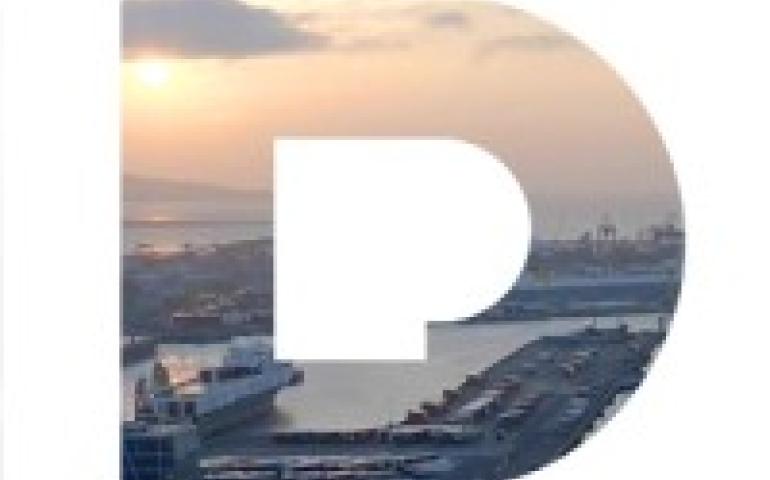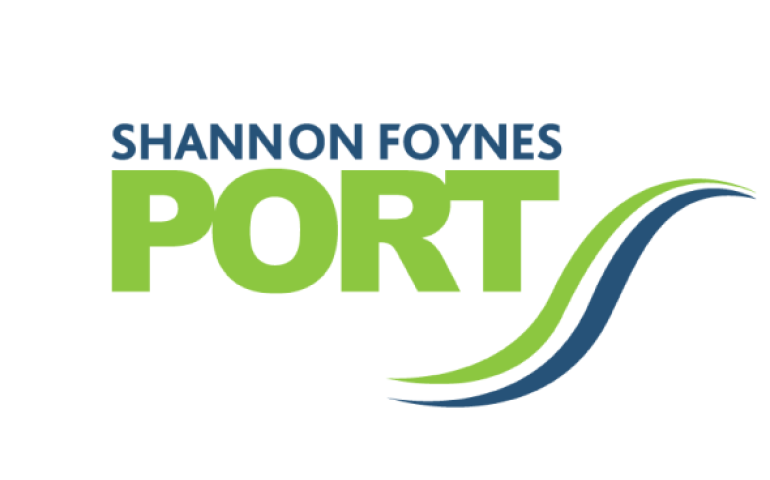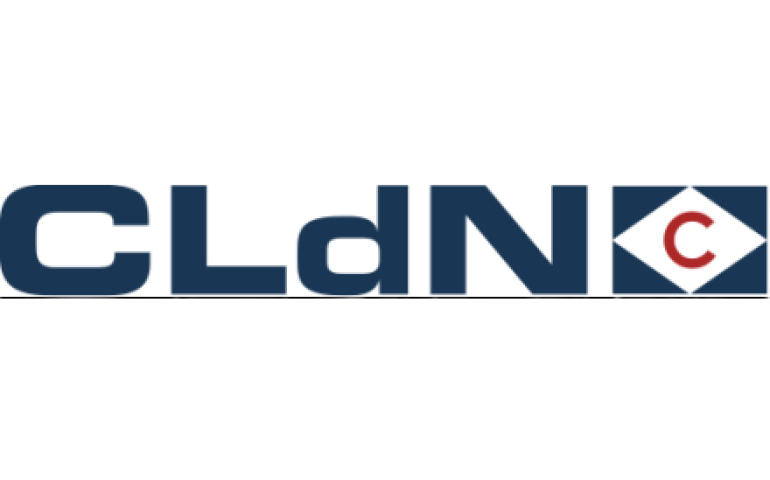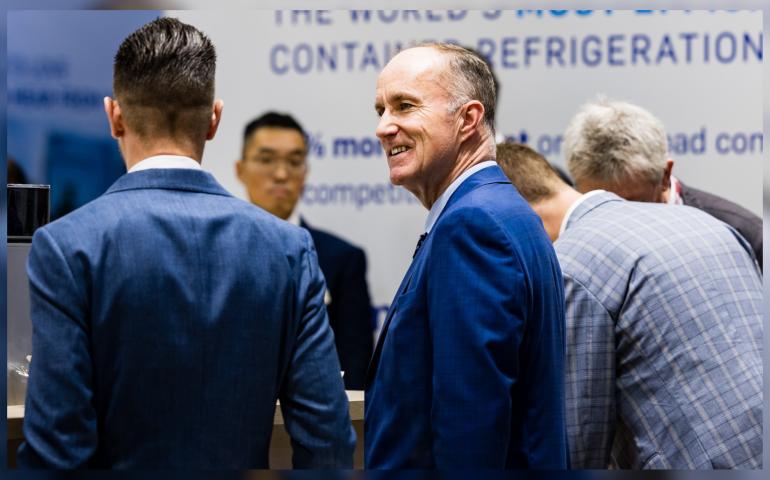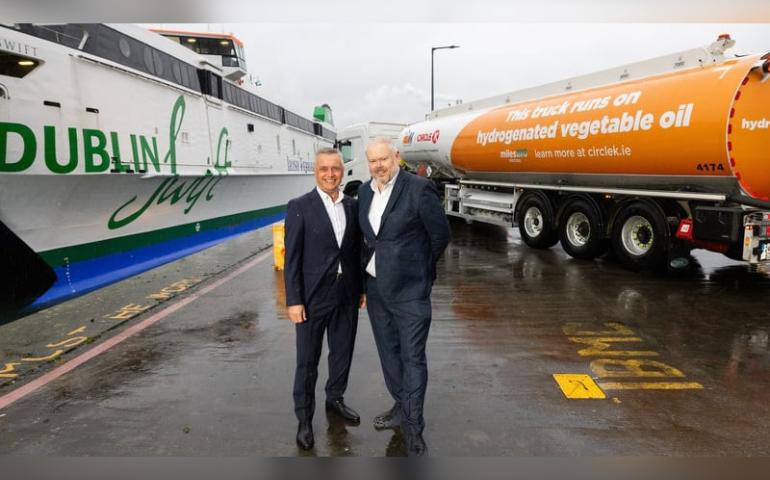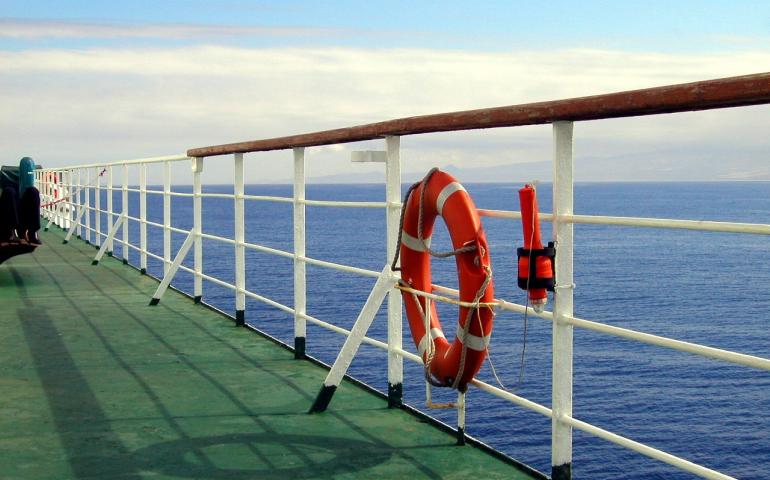
The first half of 2024 has been marked by resilience and steady performance in Ireland's maritime transport sector. Despite
global economic challenges over the past 12 months, including inflationary pressures and shifting energy demands, Irish
ports have maintained strong throughput levels, highlighting their critical role in supporting the national economy.
Strong Economic Environment
Ireland’s broader economic environment has been favorable, with the Central Bank of Ireland noting a robust rebound
from the pandemic and other global disruptions. Rising real incomes, a surge in residential construction, and stabilizing
activities in multinational-dominated sectors have underpinned both domestic and headline economic growth in 2024.
This positive economic backdrop has been crucial in sustaining the volume of goods passing through Irish ports, even as
the global shipping market grapples with challenges.
Roll-on/Roll-off (RoRo) Traffic
RoRo traffic across Irish ports remained stable in the first half of 2024. The Republic of Ireland’s ports handled 584,212
units, a slight 1% decrease from the previous year, largely due to very modest declines at Dublin and Rosslare-Europort.
In Northern Ireland, RoRo traffic increased by 2%, driven by strong performances at Larne and Warrenpoint.
The first half of 2024 saw a mixed performance in Roll-on/Roll-off (RoRo) traffic between the Republic of Ireland and Great
Britain (ROI-GB) and between the Republic of Ireland and mainland Europe (ROI-EU). ROI-GB routes recorded a slight
decline of 1%, with 4,180 fewer units compared to H1 2023. Despite this, the ROI-GB market remains steady, indicating
stable demand and market conditions. ROI-EU routes also experienced a minor decline of 1%, with 1,556 fewer units.
However, the volume on these routes remains significantly higher than pre-Brexit levels, demonstrating the continued
demand for direct services to mainland European ports.
Lift-on/Lift-off (LoLo) Traffic
LoLo traffic experienced a solid upward trajectory, with volumes increasing by 8% across Republic of Ireland ports. Dublin
Port was the standout performer, recording a 9% increase in TEUs. As the report shows, this increase at Dublin Port was
driven largely by a modal shift in the unitised traffic sector. New LoLo services were added to Dublin Port in the second
quarter of 2024, with drove existing RoRo traffic on direct services to mainland European ports to shift towards these new
LoLo services.
Cork and Waterford also posted gains, contributing to overall growth. This steady increase in LoLo traffic underscores the
adaptability of Irish ports in responding to shifting market demands, particularly in the context of the post-Brexit
environment.
Passenger and Passenger Vehicle Traffic
The passenger market at Republic of Ireland ports faced some challenges in H1 2024, with a 3% decrease in overall
passenger numbers. Only Cork reported an increase in passenger volumes, offsetting declines in other regions. The
passenger vehicle market also saw a slight decline of 4%, reflecting broader pressures in this RoRo segment.
Outlook
As Ireland continues to navigate global economic uncertainties, its ports remain a resilient backbone of the national
economy. The Irish Maritime Development Office (IMDO) remains committed to supporting this critical sector, particularly through its involvement in various EU sustainability initiatives. These efforts, combined with the robust economic
conditions highlighted by the Central Bank of Ireland, position the Irish maritime sector for continued growth and
adaptation in the coming years. This report reinforces the importance of the maritime transport sector in facilitating
Ireland's trade and economic stability, ensuring uninterrupted access to international markets through our ports and
shipping services.

